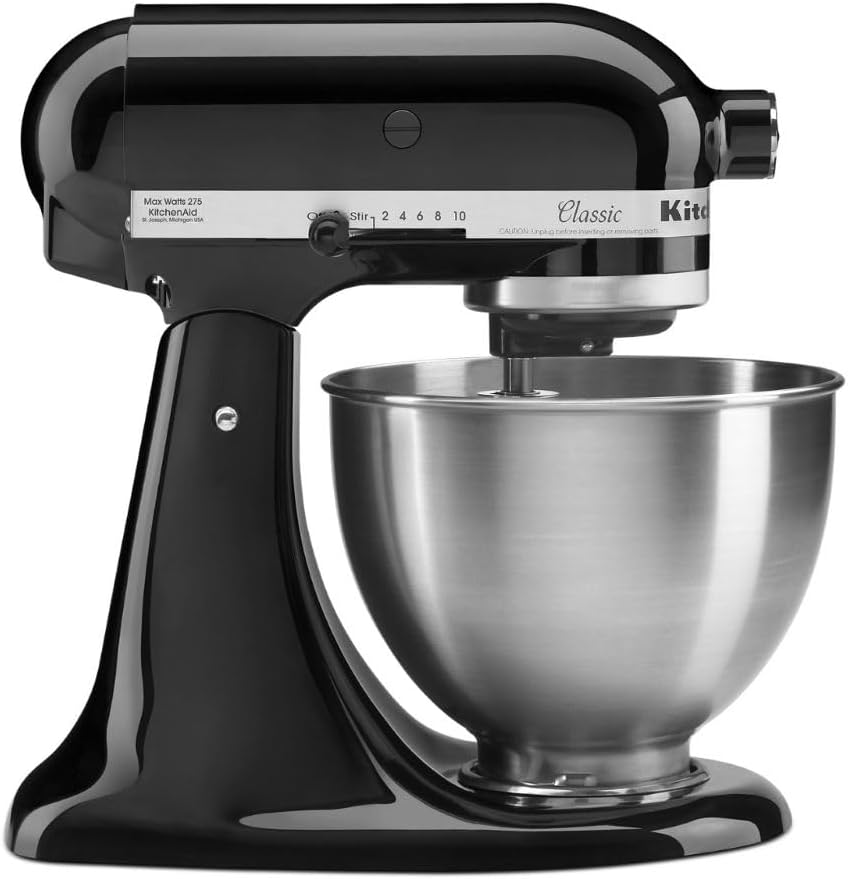Muslim prisoners are disproportionately subjected to force including pain-inducing techniques by jail staff, according to new data.
Freedom of information requests found that in eight out of nine prisons with high Muslim populations, Muslim men were more likely than the average inmate to be confronted with batons, made to wear rigid bar handcuffs, or deliberately held in a painful position.
The figures have been disclosed amid demands for a crackdown on Muslim gangs within the prison estate, after claims they are effectively running some prisons.
In one incident, the Manchester Arena bomber Hashem Abedi attacked three officers with hot cooking oil and homemade knives, leaving two of them in hospital.
Maslaha, a social justice charity, requested data from nine prisons with higher than average Muslim populations. The request covered 2023 – the latest full year available – and called for statistics covering the use of batons and rigid bar handcuffs.
The charity also requested figures covering pain-inducing techniques such as thumb flexion, wrist flexion, inverted wrist hold and “mandibular angle” – putting pressure on a nerve below the ear.
-
At Belmarsh, a prison in south-east London often used to hold terrorist suspects, Muslim prisoners made up 32% of the population in 2023. Over the same period, Muslim men were subjected to 43% of incidents involving the use of rigid bar handcuffs and 61% of incidents involving the use of pain-inducing techniques.
-
At HMP Whitemoor, in Cambridgeshire, Muslim prisoners constituted 43% of the prison population. But more than half – 55% – of the use of rigid bar handcuffs and pain-inducing techniques over the year was on Muslim prisoners.
-
At HMP Isis in Thamesmead, south-east London, Muslim prisoners made up 45% of the inmates. But batons were used on Muslim prisoners in more than 57% of the incidents where batons were drawn, and 56% of incidents of pain-inducing techniques involved Muslim prisoners.
-
At HMP/YOI Feltham B in west London, Muslim prisoners were 42% of the population. Figures showed they were subjected to 53% of the uses of rigid bar cuffs, 57% of the instances where batons were drawn and 64% of pain-nducing techniques.
-
At HMP Woodhill, in Milton Keynes, Muslim prisoners constituted 37% of the population but were subjected to 49% of the uses of rigid bar handcuffs, 63% of instances of batons being drawn and 64% of incidents using pain-inducing techniques.
Only in one of the nine prisons – HMP The Mount in Bovingdon, Hertfordshire – was the use of force lower for Muslims compared with the overall population.
Raheel Mohammed, the director of Maslaha, said the data “lays bare the realities of life” for Muslims in prison. He claimed they were “being targeted by the use of force, subjected to dangerous pain-inducing techniques, and singled out for deliberately humiliating treatment”.
Mark Fairhurst, the national chair of the Prison Officers’ Association, disagreed with that interpretation of the data. “Staff only use force at the last resort when necessary and when it is used, it is always proportionate and reasonable,” he said.
Ministry of Justice data shows there were 15,594 Muslim prisoners in England and Wales in September last year, accounting for 18% of all inmates despite comprising only 6.5% of the population.
Robert Jenrick, the shadow justice secretary, has claimed Islamist gangs are “ruling the roost” in UK jails after the Abedi attack. He told GB News: “There should not be these Islamist gangs taking control of our prisons.”
In April last year, HM Prison & Probation Service made it a national priority to address racial disproportionality in the use of force. This included a new framework that measures disparities in the use of force between white and ethnic minority people in prison, which will allow for increased accountability and positive changes on a prison-by-prison basis.
A Prison Service spokesperson said: “We recognise the use of force in prisons needs greater supervision and have already introduced mechanisms to reduce the disparities in how it is used. Our new race disparity unit will help tackle racial discrimination further.”










